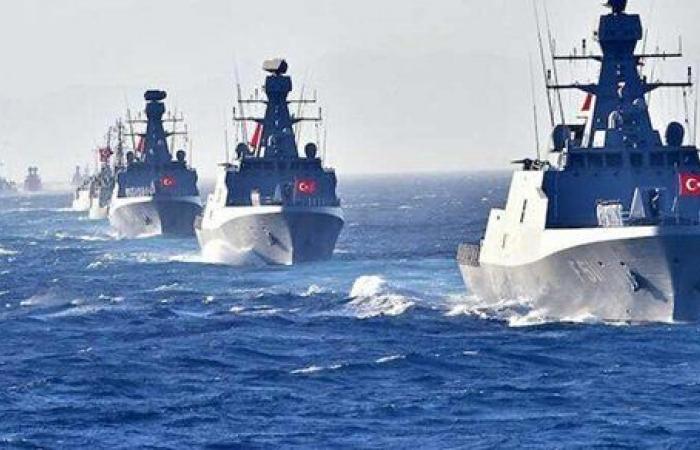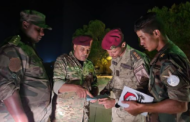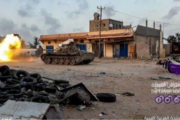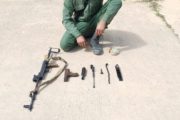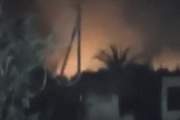A relative calm that reigned in western Libya following the ceasefire agreement was disrupted in the early days of December by an unprecedented air bridge and six Turkish warships in the area opposite Abugrein, west of Sirte.
In conjunction with these developments, Major General Ahmed Salem, Commander of the West Sirte/Karama Operations Room of the Libyan National Army (LNA)’s General Command, ordered all units to raise the level of preparedness, suspend vacations, prevent the departure of military vehicles, and intensify monitoring in preparation for any Turkish aggression. The LNA placed their forces on the Sirte frontline at full readiness in response to the return of the Turkish Navy off of Abugrein. Satellite images showed an increase in the volume of supplies and the Turkish military presence during the period between November 28 and December 4 at al-Watiya Air Base in western Libya and the presence of new equipment, and weapons, including air defense systems.
Meanwhile, the GNA’s Hatteen Brigade maintained its commitment to the outcome of the Joint Military Commission regarding the opening of the coastal road and announced on January 3 that all its members and vehicles would be returned to their headquarters, in preparation for opening the coastal road. The agreement included the necessary reopening of the coastal road between eastern and western Libya via Sirte.
A week earlier, the Sirte-Jufra Operations Room had rejected reopening the Sirte-Misrata road before the departure of foreign fighters and mercenaries from the area as per the ceasefire agreement that said they “must be withdrawn from Libya in three months” since October.
The GNA and the LNA signed a ceasefire agreement in Geneva on October 23, 2020. Both sides have agreed to withdraw foreign fighters from Libya and to reopen the country’s roads.

